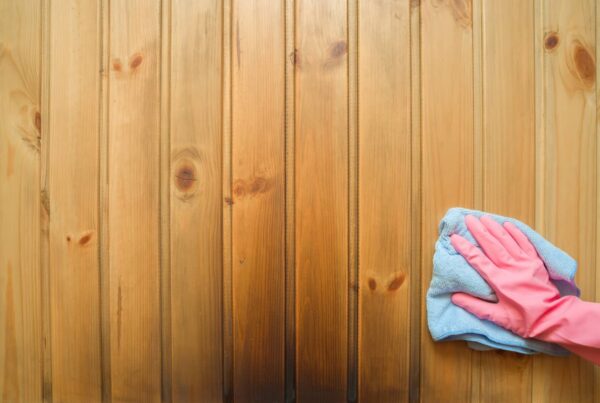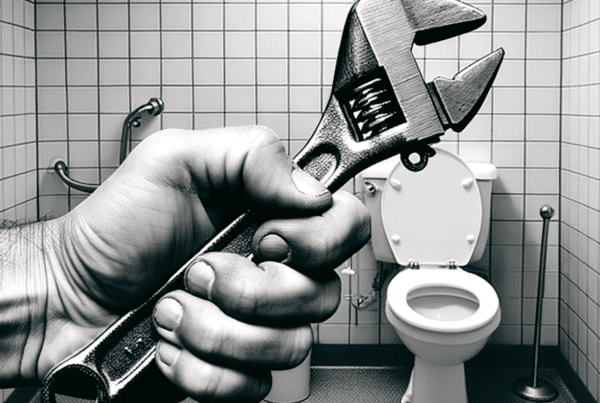
We can almost guarantee that you have never thought about your ductwork in the attic. Oftentimes, builders will build your home and as long as the home passes inspection, we don’t even think twice about ductwork. Additionally, when buying a home, have you ever thought to yourself, gee I wonder how good that HVAC ductwork is? Is ductwork a big part of the heating and cooling of my home? Well, just in case you are curious, read the findings below. How to run ductwork in the attic? There is a step-by-step process from keeping your ductwork low to ensuring it is insulated properly.
Let’s take a look below at all of the steps to follow when installing ductwork.
What Is Ductwork
Ductwork is tubing that runs from your HVAC air handler unit to all of the various vents throughout your home. It is buried under insulation to protect it from degrading and developing issues for the air handler. The job of the ductwork is to move hot or cold air through the home so that you can cool the home or warm the home as needed. Your ducts in the attic should be air sealed with spray foam and then buried in blown-in insulation.

How Should It Be Installed
Understanding how your ductwork should be installed is a great way to follow up with your local HVAC contractor. You want to make sure they don’t miss any steps with a repair or new installation. Let’s take a look at the most important parts of completing this project.
Steps To Follow:
- Never put ductwork against your roof deck-nails and heat can cause major damage to your ductwork if you hang it close to the roof decking.
- Keep ductwork low in the attic-the cooler air is closer to the attic floor. Heat rises and so the lower the ductwork the better off the materials will be.
- Use an air handler that sits horizontal-closer to the attic floor means colder air stays colder. It’s also quicker to distribute the air into the ductwork.
- Seal all ducts properly and extensively-seal all joints and angles of the ductwork. This retains the air as it circulates through. Use a lot of mastic material to seal the joints.
- Insulate the ducts and air handler-insulation reduces heat and allows the air handler and ducts to keep moisture away from them. Moisture build up is bad for the ductworks functionality.
- Increase air velocity in your ducts-design your system to move air fast. The faster it moves the less likely heat can increase your temperature per cubic foot.
- Use a reflective roof or radiant barrier to cool the attic-stop the heat from building in the attic in the first place. Use a reflective roof to deflect the suns energy and keep the attic cool.
- Lastly, ductwork should be hanging and not on the attic floor.
You should also make sure that the ductwork and air handler are in a conditioned space. The research team at the National Renewable Energy Lab (NREL) compared ductwork in an unconditioned attic and a conditioned attic. They found that in an unconditioned attic the cooling load increased by 25% in hot climates.
How Much Does It Cost
Getting your ductwork replaced can be a large task for some. The size of the home can determine how much ductwork you actually have. The national average cost to replace ductwork can range from $500 to $2,000. Keep in mind that new attic insulation might be needed at the same time. The cost range for attic insulation can run you $1,700 to $2,100. So, in total, you might be looking at a $4,000 bill when ductwork and insulation are complete.
Other Recommended Maintenance
While your ductwork is being installed have the company check the entire HVAC system. You might want to know why the air conditioner is leaking water. There could be various reasons, so understanding this ahead of time allows you to ask the professionals the right questions and complete your projects.

Also, you will want to check how old the HVAC unit might be. HVAC systems typically last about 10-15 years before replacement is needed. However, it will only last that long if you maintain it on a regular basis. Consider a tune-up done twice a year. Additionally, frequent visits from the technician and it may be time to replace the unit.
Finally, double-check the vent for your bathroom fan. If the bathroom fan is blowing moisture into your attic rather than outside your home, this could become a problem. Your HVAC system ductwork and air handler in the attic could become damaged. The added moisture will degrade the materials of the ductwork and cause you bigger issues down the road.
When Do I Call A Professional
If you are experiencing some HVAC system issues, one of the many areas to check is your ductwork. Keep in mind that calling on a professionally licensed HVAC contractor is your best bet. They can come out and evaluate your HVAC system and determine how much new ductwork you might be needing.
Keep in mind, that it might be best to install all new ductwork at once so you can keep track of how old it is. This is also a great time to call your local home inspection team to inspect your entire home. You might end up with other attic projects or needs that your local contractors can do at the same time, saving you time and money.
Conclusion
Getting your HVAC system serviced and repaired happens at the worst times. Knowing who to hire in this case is important. Make sure that not only will the ductwork be installed correctly, but it will also last as long as you do in the home. As long as rodents and infestations don’t eat your ductwork, you can count on the ducts to work for a while. Call on your local HVAC service company. At the same time, you will also want to call on All Coast Home Inspections for a home inspection in Houston, TX.



